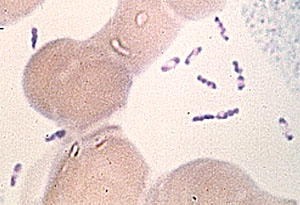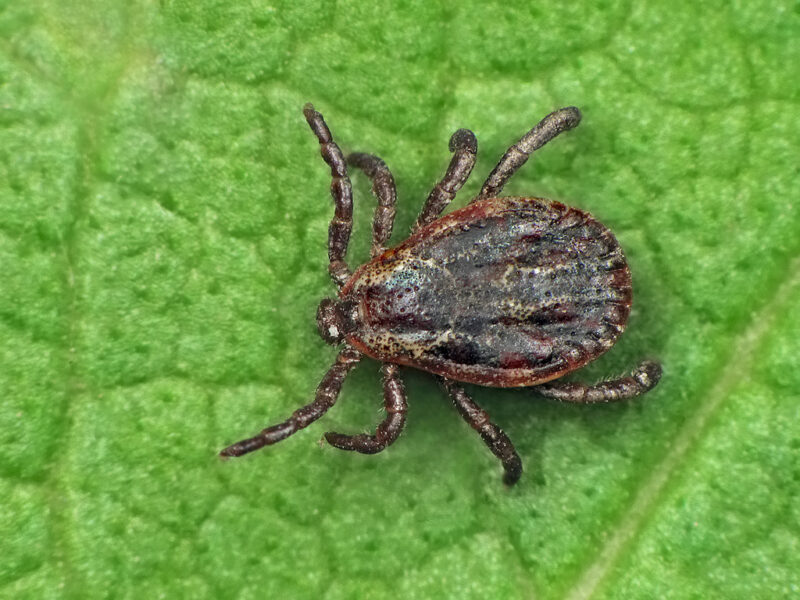A report published by the CDC shows reductions of several types of health care-associated infections (HAIs) over the last five years. The report, called the 2011 National and State Healthcare-associated Infections Standardized Infection Ratio Report, was completed as part of the CDC’s ongoing efforts to reduce HAIs in the United States.
HAIs are infections that patients acquire after entering a healthcare facility, whether it be a hospital or clinic, for another concern. It is estimated that one in twenty hospitalized patients gets an HAI, and many of these infections are life-threatening. HAIs typically occur when medical equipment becomes contaminated by bacteria or when providers carry bacteria from one patient to another.
Experts have been working with healthcare facilities to offer technical support in reducing HAIs. Prevention of these infections is a multifaceted effort that includes strategies such as keeping the door to the operating room closed during a procedure and educating staff on proper use of equipment and good hygiene.
The CDC tracks HAIs in the United States through its National Healthcare Safety Network which includes more than 11,500 healthcare facilities in all fifty states, Washington D.C., and Puerto Rico.
Key findings from the report included three types of infections. Researchers found a 41 percent decrease in central line-associated bloodstream infections since 2008. In 2011, there were over 12,000 of these infections reported.
The study also noted a seven percent decrease in catheter associated-urinary tract infections since 2008. However, the report indicated that this reduction was observed in general wards but not in critical care settings. Additionally, the authors found a 17 percent reduction in surgical site infections since 2008.
These results represent substantial progress in the effort to reduce HAIs in the United States. Patrick Conway, chief medical officer of the Center for Medicare and Medicaid Services explained, “The significant decrease in central line and surgical site infections means that thousands of patients avoid prolonged hospitalizations and the risk of dying in the hospital.”
Besides life-threatening consequences, HAIs are also expensive to treat. Central line-associated bloodstream infections cost the Centers for Medicare and Medicaid about $26,000 per infection. The 41 percent reduction included in this report could huge savings for hospitals and payers.
The reductions reported are in line with CDC goals to dramatically cut HAIs by the end of 2013. Experts hope to cut central line-associated infections by fifty percent and surgical site infections by 25 percent.

